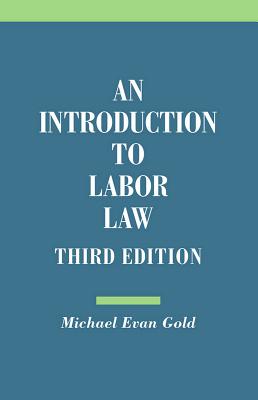
description
nomies are human beings deploying their energies and talents in productive activities - that is, at work. The law governing human productive activity is a large part of what determines outcomes in terms of social justice, material wellbeing, and the sustainability of both. It is hardly surprising, therefore, that work is heavily regulated. This Handbook examines the 'law of work', a term that includes legislation setting employment standards, collective labour law, workplace discrimination law, the law regulating the contract of employment, and international labour law. It covers the regulation of relations between employer and employee, as well as labour unions, but also discussions on the contested boundaries and efforts to expand the scope of some laws regulating work beyond the traditional boundaries. Written by a team of experts in the field of labour law, the Handbook offers a comprehensive review and analysis, both theoretical and critical. It includes 60 chapters, divided into four parts. Part A establishes the fundamentals, including the historical development of the law of work, why it is needed, the conceptual building blocks, and the unsettled boundaries. Part B considers the core concerns of the law of work, including the contract of employment doctrines, main protections in employment legislation, the regulation of collective relations, discrimination, and human rights. Part C looks at the international and transnational dimension of the law of work. The final Part examines overarching themes, including discussion of recent developments such as gig work, online work, artificial intelligence at work, sustainable development, amongst others.
member goods
No member items were found under this heading.
Return Policy
All sales are final
Shipping
No special shipping considerations available.
Shipping fees determined at checkout.







